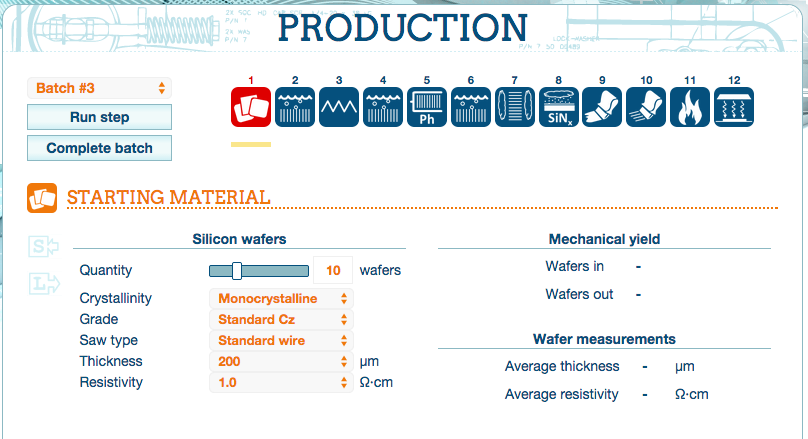Solar industry engineers and students can now design and build virtual solar cells – experimenting in ways to maximise efficiency and minimise cost – after the launch of a new web-based program by the University of New South Wales.
Developed in Australia by UNSW and PV Lighthouse, the world’s first online PV Factory simulator allows users to conduct virtual experiments that would otherwise be too expensive to undertake.
The main aim of the interactive online program is to help university level engineering students to learn how solar cells are made and measured.
It does this by processing virtual wafers through twelve production steps and presenting the user with the electrical output of each solar cell.
In particular, the software simulates the fabrication of solar cells from crystalline-silicon wafers, manufactured through the screen printing process, as is the method behind 85 per cent of the world’s solar cells.
PV Factory also helps explain how the efficiency of the solar cells depends on the conditions used in each process step, like the chemical concentrations, the temperatures, and the gas flows.
“One of the key goals of this project is to improve the education of solar engineers which should lead to better and lower cost solar technologies for the future,” said Richard Cornish, senior UNSW lecturer and COO of ACAP – the Australian Centre for Advanced Photovoltaics.
“By educating PV engineers, and by integrating the latest PV research into a single program, we hope that PV Factory will contribute to the ever-reducing cost of photovoltaic electricity.”
A screenshot from the PV Lighhouse portal
© 2015 Solar Choice Pty Ltd
